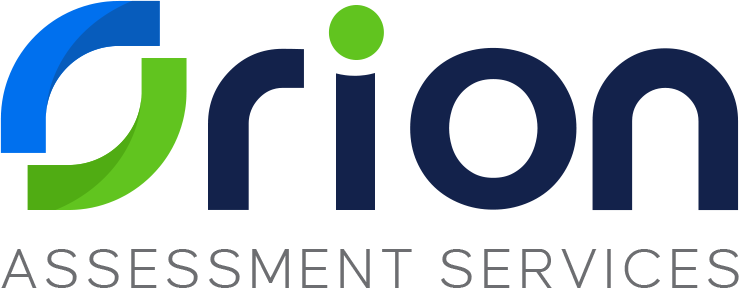AS9100 / AS9120 Quality Management for Aerospace
An increasing number of major aerospace contractors are now requiring the use of AS 9100 by their supply chain, which is propelling its use throughout the industry. AS 9100 certification is encouraged for suppliers of Boeing, Rolls Royce Allison, GEAE, NASA, Honeywell and many others.

Why Work with Orion on AS9100?
Orion is a trusted partner the aerospace industry can rely on for its quality management certification needs
We are currently the only firm endorsed by three industry associations to audit their members, and we reward this trust by only using auditors that have an overall customer satisfaction rating of 98% or better. Our auditors have over 15 years of auditing experience, making them seasoned and proven professionals.
Our vast and lengthy experience means that we truly know and understand the aerospace industry, including its typical processes, commonly used software, and industry terminology. As a result, our auditing services are efficient and effective, and we will work with you to establish mutual goals up front to make sure your needs are fully met. If you are looking to certify to multiple standards, we also provide integrated audits so that you can achieve certification in one audit, ultimately saving you both time and money.
Whether you are aiming to stay competitive in your existing markets, or to break into new markets that require additional standardization, Orion can help you get to where you need to be. By providing this visible commitment to your customers, you increase their confidence in your company and your product or service.
What Is AS9100?
The AS 9100 Aerospace Quality Standard includes all the requirements of the ISO 9001 certification, while adding elements specific to the aerospace industry. This includes configuration and design, reviews of subcontractors performing work outside of the certified organization’s facilities, and product documentation.
Breakdown of the Standard
AS 9100 certification can be attained by companies specializing in:
Equipment
Aircraft accessories
Airport and airline operations
Spares supply and maintenance
Flight operations
Cargo handling or other organizations interested in certification
AS 9100 certification specifies requirements for a quality management system where an organization:
Needs to demonstrate its ability to consistently provide product that conforms to customer and applicable statutory and regulatory requirements;
Aims to enhance customer satisfaction through the effective application of the system, including processes for continual improvement of the system.
Overview of the Audit Process

Sign the Agreement
Sign the Agreement

Perform GAP Audit (optional)
Perform GAP Audit (optional)

Perform Stage 1 Audit:Readiness Review
Readiness Review
This review is conducted to determine whether your organization is ready to move to Stage 2 Audit (Certification Audit) by confirming that:
- The management system addresses all the requirements of the standard.
- The management system has been implemented and the client is ready for the Stage 2 Audit (Certification Audit).
Note that a full management review and internal audit must occur prior to conducting the Stage 2 Audit (Certification Audit)

Perform Stage 2 Audit:Certification Audit
Certification Audit
This onsite audit is conducted to ensure that the processes and documents examined during the Stage 1 Audit (Readiness Review) are in use and that the system is implemented according to the requirements of the standard.
The key deliverables from this stage include:
- An audit report detailing positive aspects, issues for resolution (non-conformances), and areas for improvement.
- A recommendation regarding your registration.

Finalize Audit Report and Receive Certificate
Finalize Audit Report and Receive Certificate
The results from the Stage 1 and Stage 2 audits are reviewed to ensure that all Orion accreditation requirements have been met and a proper recommendation made. At this point, approval is given to either certify, seek clarification, or not certify.

Perform Surveillanceor Recertification Audit
Perform Surveillance or Recertification Audit
Registration is based on a 3-year cycle. To maintain your certification, your organization must participate in an onsite review each year. The first two are surveillance audits and only look at a portion of your system, whereas the third-year review (re-certification) is a more comprehensive audit and looks at your overall system for continued effectiveness.

Sign the Agreement
Sign the Agreement

Perform GAP Audit (optional)
Perform GAP Audit (optional)

Perform Stage 1 Audit:Readiness Review
Readiness Review
This review is conducted to determine whether your organization is ready to move to Stage 2 Audit (Certification Audit) by confirming that:
- The management system addresses all the requirements of the standard.
- The management system has been implemented and the client is ready for the Stage 2 Audit (Certification Audit).
Note that a full management review and internal audit must occur prior to conducting the Stage 2 Audit (Certification Audit)

Perform Stage 2 Audit:Certification Audit
Certification Audit
This onsite audit is conducted to ensure that the processes and documents examined during the Stage 1 Audit (Readiness Review) are in use and that the system is implemented according to the requirements of the standard.
The key deliverables from this stage include:
- An audit report detailing positive aspects, issues for resolution (non-conformances), and areas for improvement.
- A recommendation regarding your registration.

Finalize Audit Report and Receive Certificate
Finalize Audit Report and Receive Certificate
The results from the Stage 1 and Stage 2 audits are reviewed to ensure that all Orion accreditation requirements have been met and a proper recommendation made. At this point, approval is given to either certify, seek clarification, or not certify.

Perform Surveillanceor Recertification Audit
Perform Surveillance or Recertification Audit
Registration is based on a 3-year cycle. To maintain your certification, your organization must participate in an onsite review each year. The first two are surveillance audits and only look at a portion of your system, whereas the third-year review (re-certification) is a more comprehensive audit and looks at your overall system for continued effectiveness.

Sign the Agreement

Perform GAP Audit (optional)

Perform Stage 1 Audit:Readiness Review
This review is conducted to determine whether your organization is ready to move to Stage 2 Audit (Certification Audit) by confirming that:
- The management system addresses all the requirements of the standard.
- The management system has been implemented and the client is ready for the Stage 2 Audit (Certification Audit).
Note that a full management review and internal audit must occur prior to conducting the Stage 2 Audit (Certification Audit)

Perform Stage 2 Audit:Certification Audit
This onsite audit is conducted to ensure that the processes and documents examined during the Stage 1 Audit (Readiness Review) are in use and that the system is implemented according to the requirements of the standard.
The key deliverables from this stage include:
- An audit report detailing positive aspects, issues for resolution (non-conformances), and areas for improvement.
- A recommendation regarding your registration.

Finalize Audit Report and Receive Certificate
The results from the Stage 1 and Stage 2 audits are reviewed to ensure that all Orion accreditation requirements have been met and a proper recommendation made. At this point, approval is given to either certify, seek clarification, or not certify.

Perform Surveillanceor Recertification Audit
Registration is based on a 3-year cycle. To maintain your certification, your organization must participate in an onsite review each year. The first two are surveillance audits and only look at a portion of your system, whereas the third-year review (re-certification) is a more comprehensive audit and looks at your overall system for continued effectiveness.

